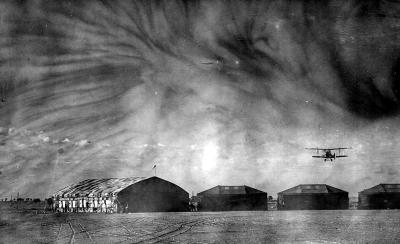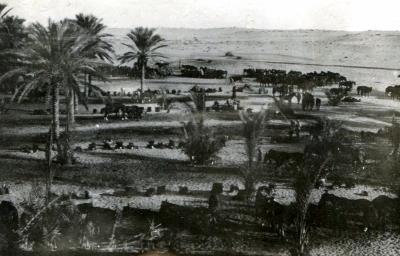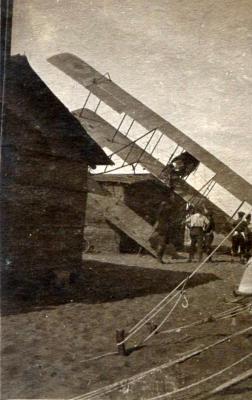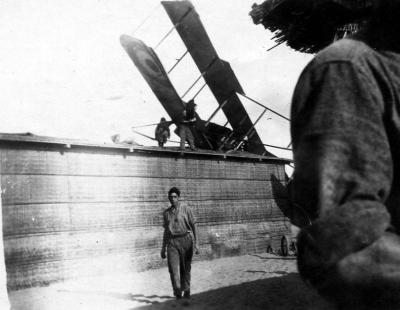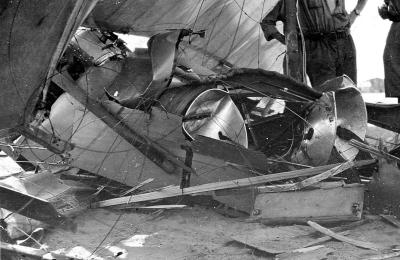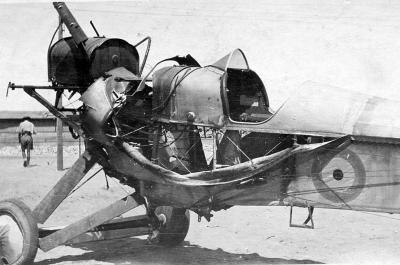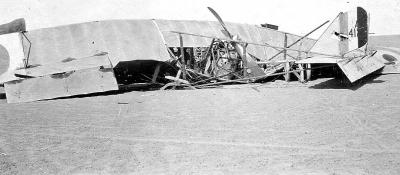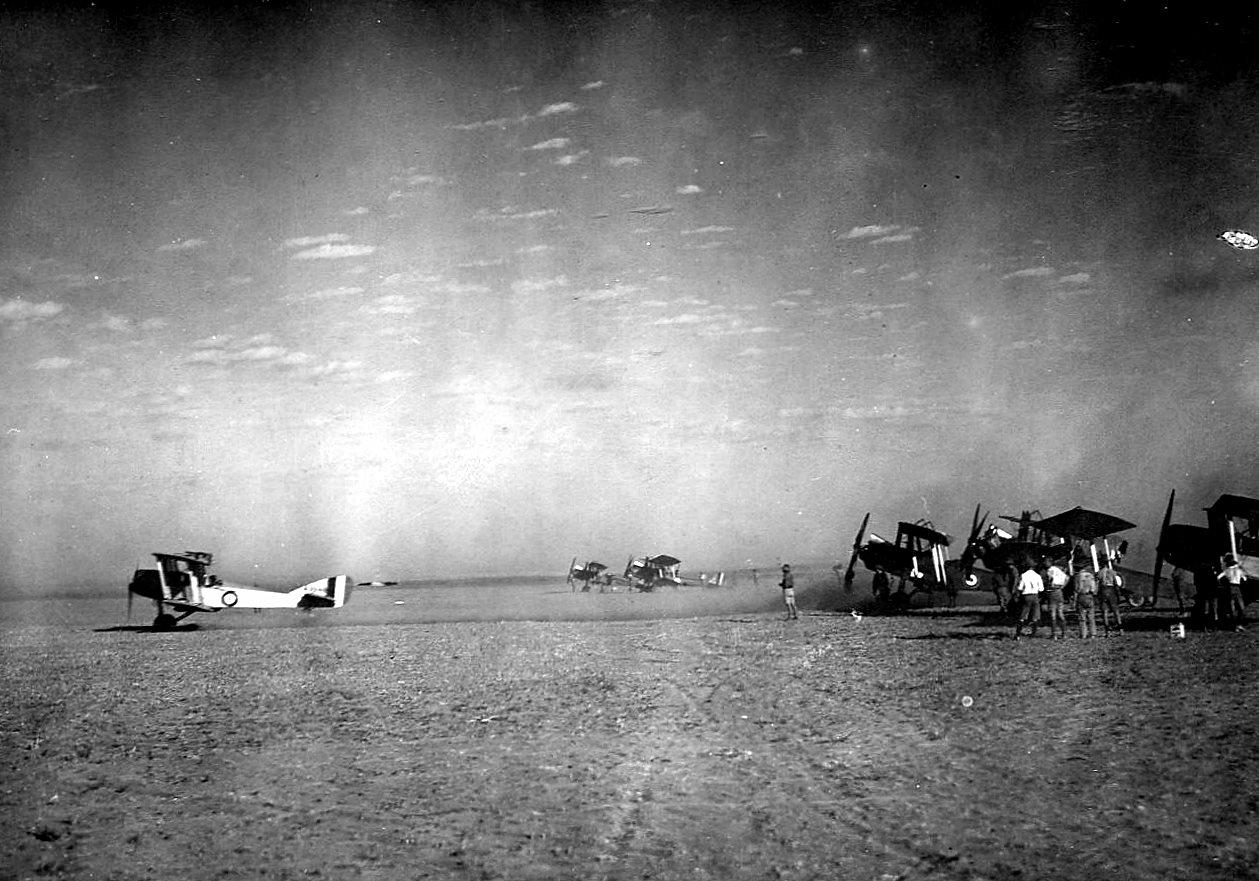World War 1, South West Asia, Mesopotamia, Australian Flying Corps, 1917
1917Aircraft on the ground
In 1914 Australia's only military aviation base, the Central Flying School, newly established at Point Cook, was equipped with two flying instructors and five flimsy training aircraft. From this modest beginning Australia became the only British dominion to set up a flying corps for service during the First World War. Known as the Australian Flying Corps (AFC) and organised as a corps of the Australian Imperial Force (AIF), its four-line squadrons usually served separately under the orders of Britain's Royal Flying Corps. The AFC's first complete flying unit, No. 1 Squadron, left Australia for the Middle East in March 1916. By late 1917 three more squadrons, Nos 2, 3, and 4, had been formed to fight in France. A further four training squadrons based in England formed an Australian Training Wing to provide pilots for the Western Front.
Light horsemen or "bushmen" were thought to be physically fitter and have quicker reflexes and a better "character" than other men; they were common in No. 1 Squadron. Many of its later recruits came from the ranks of the Light Horse; most of these already had years of active service. The Squadron also drew men from other backgrounds: the AFC's only Victoria Cross winner, Captain Frank McNamara, had been a schoolteacher.
Many of those who joined the squadrons on the Western Front also had prior service. Many were recommended for admission by their commanding officers on no other ground than their good record as soldiers in the line. Given the nature of warfare on the Western Front, it is not difficult to imagine why men would seek to transfer into the AFC. Many had experienced the misery and squalor of the trenches. Those who knew they would face danger as long as they were in the AIF, preferred to face it in a corps which offered the promise of independence and glamour, as well as a degree of comfort unknown to the men in the trenches.
After the armistice No. 4 Squadron became the only Australian unit of the British Army of Occupation, entering Germany on 7 December 1918. Each Australian squadrons that had served on the Western Front left Europe for home in early March 1919. During the war 460 officers and 2,234 men served in the AFC and 178 were killed. By First World War standards, these casualties were light. The AFC was a pioneering corps that helped to lay the groundwork for the Royal Australian Air Force (RAAF).
Details
Details
Australian Army Museum of Western Australia
Australian Army Museum of Western Australia
Other items from Australian Army Museum of Western Australia
- World War 1, Middle East, Australian Flying Corps, 1917
- World War 1, Middle East, Australian Flying Corps, 1917
- World War 1, Middle East, 3 Australian Light Horse, 1917
- World War 1, South-West Asiat, Egypt El Arish, 3 Australian Light Horse, 1917
- World War 1, Middle East, 3 Australian Light Horse, 1917
- World War 1, Middle East, MUNN, Australian Flying Corps, 1917
- World War 1, Middle East, MUNN, Australian Flying Corps, 1917
- World War 1, Middle East, MUNN, Australian Flying Corps, 1917
- World War 1, Middle East, MUNN, Australian Flying Corps, 1917
- World War 1, Middle East, MUNN, Australian Flying Corps, 1917
- World War 1, Middle East, MUNN, Australian Flying Corps, 1917
- World War 1, Middle East, MUNN, Australian Flying Corps, 1917
